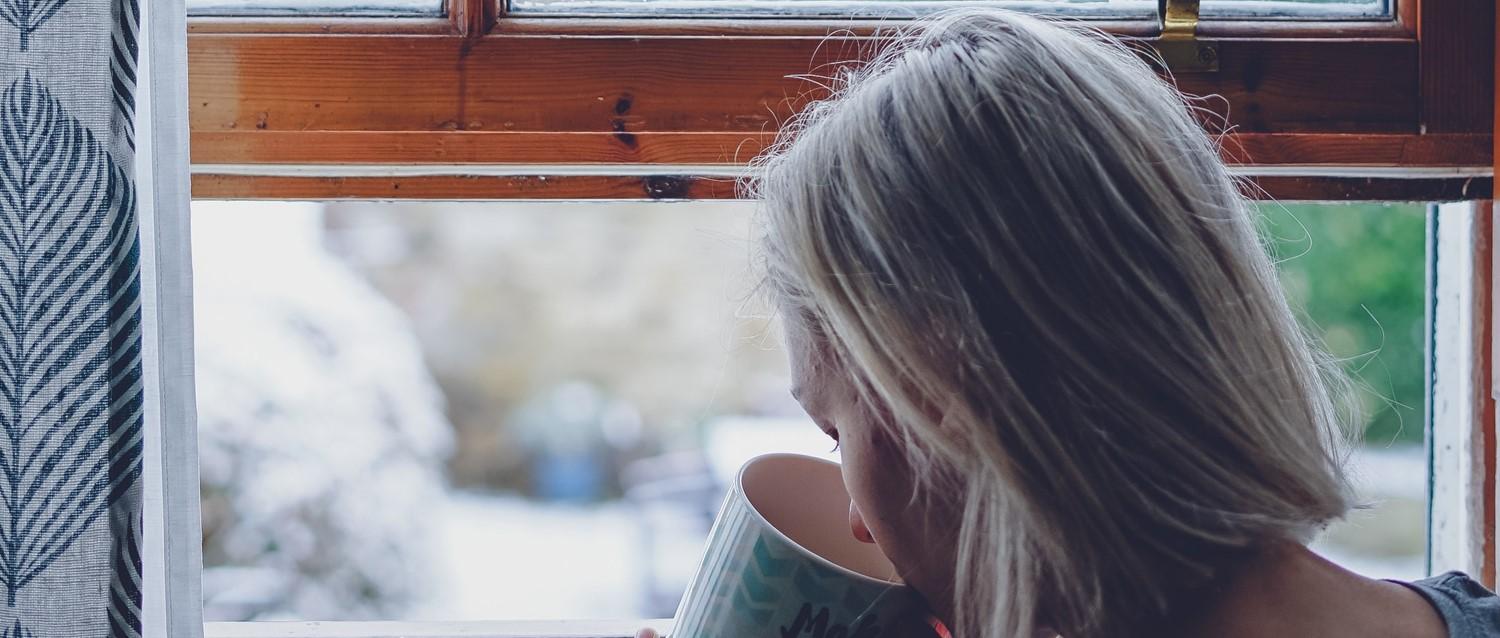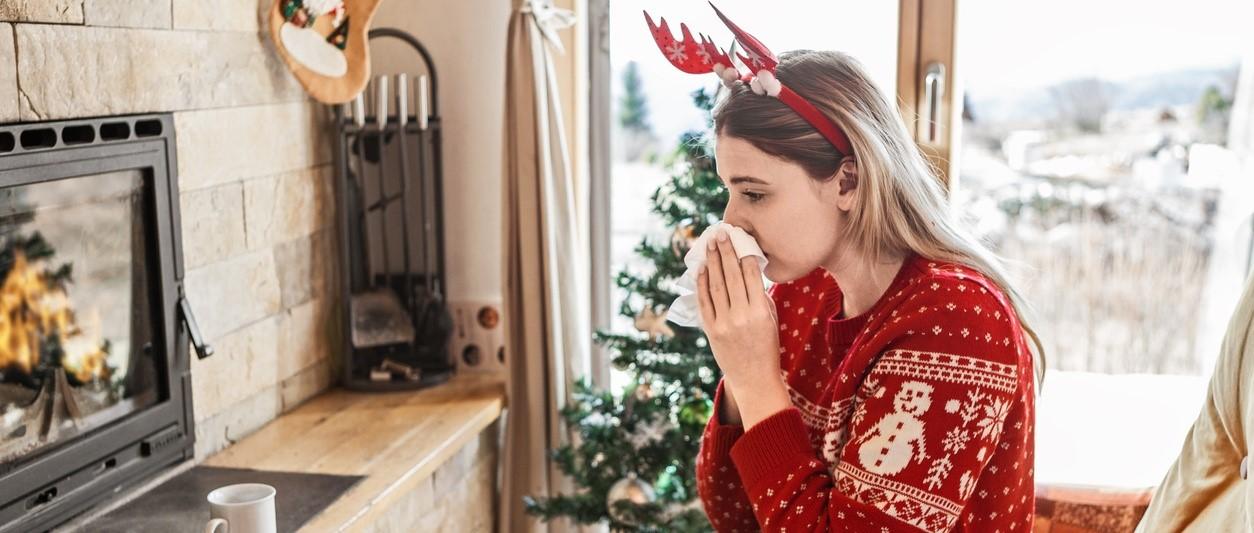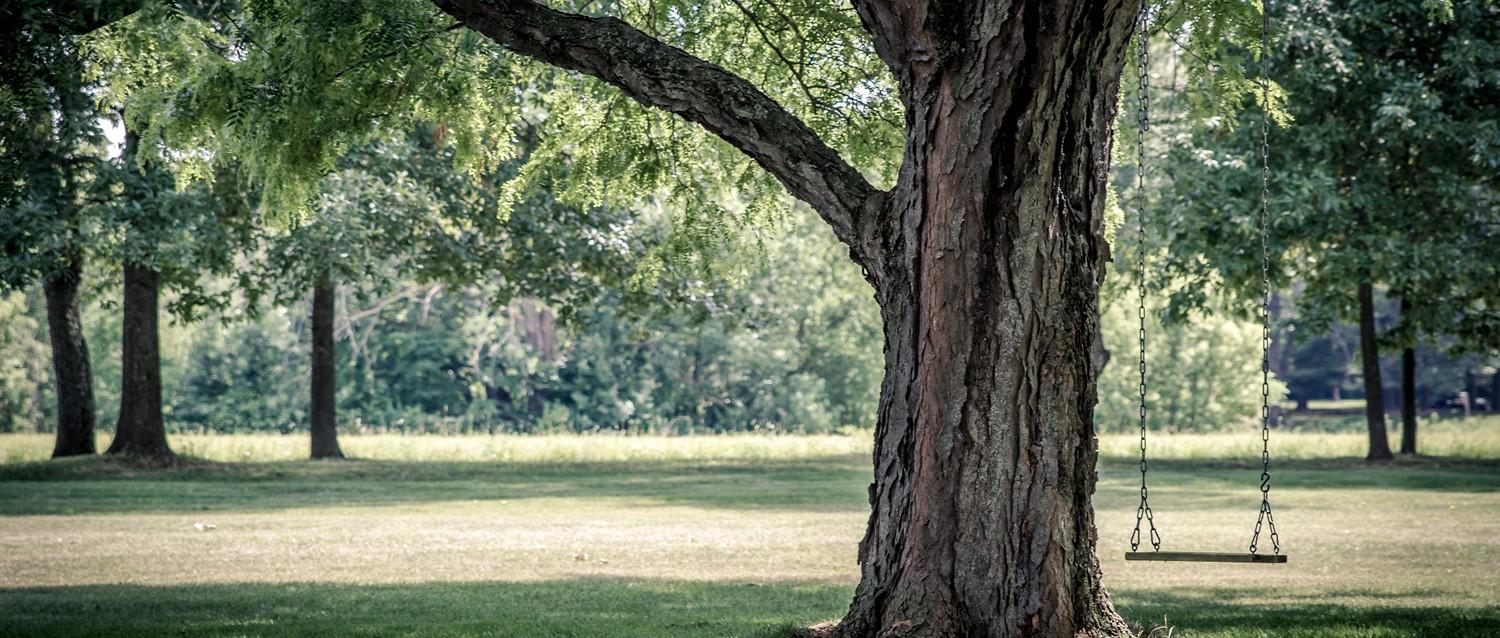
How to ventilate safely to protect against COVID-19 this winter
Peer reviewed by Dr Sarah Jarvis MBE, FRCGPLast updated by Emily Jane BashforthLast updated 22 Oct 2021
Meets Patient’s editorial guidelines
- DownloadDownload
- Share
- Language
- Discussion
Temperatures are starting to drop and hot chocolate and cosy socks season is upon us. However, with COVID-19 still very much present, it's important to continue ventilating during winter to minimise your risk of becoming infected. Ventilating all year round can also have wider benefits for your health. So, how can you do this safely?
In this article:
Continue reading below
Why is it important to ventilate during winter?
Dr Benjamin Jones stresses the importance of ventilating all year round. Yes, even when it's cold outside.
Ventilating is the process of introducing fresh air into an indoor space and removing stale air. It helps keep us at a comfortable temperature during summer. It also ensures there is enough oxygen when we are burning things, such as open fires, wood burning stoves and central heating boilers. But ventilating also removes indoor contaminants such as odours and gases.
Dr Jones says if a room smells of body odours, that is a sign that it is under-ventilated.
"In winter the outdoor air is cold, so we have to pay extra attention to ventilation because people tend to close windows, doors and vents to keep themselves at a comfortable temperature. There is a financial cost though, because in the winter, a heating system is needed to warm up this outdoor air. This may also stop people from opening a window or a vent."
How does ventilation reduce the risk of COVID?
"An infected person exhales particles that contain the virus. In the same way that you are more likely to smell what one might call 'coffee breath' at close quarters, you are more likely to catch COVID-19 by coming into direct contact with an infected person's exhaled air," says Dr Jones.
This is because the virus is more concentrated in exhaled air than when breathing it in once it has been diluted by the air within a room.
Ventilation is not the only way of removing COVID-19 particles. Dr Jones says they will denature (which is like dying, although viruses aren't alive) as they deposit on surfaces and can be filtered.
But he highlights that ventilation is generally the primary removal mechanism for COVID-19 particles, particularly in spaces where you're in close contact with others. In poorly ventilated areas, the amount of the virus can build up, especially if multiple infected people are all in the same room.
The virus can also remain in the air even after an infected person has left that room. This means it's important to understand how ventilating can keep you and your loved ones safe as the winter approaches. Dr Jones notes that improving the ventilation in poorly ventilated spaces has a greater effect on a your risk of catching COVID-19 than increasing ventilation in adequately ventilated spaces.
Continue reading below
What are the simplest ways to ventilate?
Dr Jones says building ventilation - the process of bringing outdoor air inside - is the simplest way to ventilate against COVID-19. This can be done by opening a window or door, a trickle vent (a slot located in the window frame) or a vent.
"Interestingly, you can still get a lot of ventilation when the window is cracked open - it doesn't have to be wide open. Other ventilation systems in the home are the bathroom extractor fan, the kitchen extractor fan and a cooker hood, but you should check that this is actually connected to the outside and doesn't just recirculate air."
How can those more susceptible to the cold continue to ventilate safely?
It's understandable that those more susceptible to the cold and those at risk of hypothermia, particularly elderly people, may be reluctant to open a window. However, Dr Jones says ventilation is still necessary.
"Understandably, you may only want to open them a crack, but this is better than nothing. You should move away from the draught, put on extra layers of clothing and turn up the central heating. Top-opening windows are best in winter. Then, any incoming air warms up before it reaches occupants."
Continue reading below
What is the recommended room temperature?
Although it is important to ventilate, you should also keep your rooms at a safe temperature, particularly if you are elderly and therefore more prone to hypothermia. The cold can increase blood pressure which increases the risk of a stroke or heart attack. Breathing in cold air can also put you more at risk of chest infections.
Age UK suggests 18°C (64°F) is the ideal temperature for your bedroom and 21°C (70°F) is the ideal living room temperature. These temperatures can be checked using your thermostat or a room thermometer.
To economise and prevent wastage, you might want to only heat rooms you are in, to avoid paying to heat rooms that are empty. However, if you are going to be in a room for a lengthy period of time, it is a good idea to heat it before going in, so you don't have to wait for it to warm up.
Do bear in mind, though, that leaving one room heated and other rooms cold can result in condensation, damp and sometimes a build-up of mould in unheated rooms. Low level heating in unused room, as well as improving your ventilation, can reduce this risk.
What other health problems can poor ventilation cause?
Poor ventilation of polluted air can also lead to:
A dry throat.
Concentration disorders.
Drowsiness.
Chronic colds.
Respiratory infections.
Developments of asthma or other lung diseases.
Dr Jones explains how spending 90% of our time in buildings, exposed to airborne contaminants, can further harm our health.
"Some contaminants, such as carbon monoxide and mould, are harmful in the short term. Others are harmful in the long term and can lead to long-term respiratory diseases, such as fine particulates, formaldehyde, radon, and tobacco smoke. Removing the source of the contaminant, such as tobacco smoke, is the best method of reducing your exposure.
When this is impossible, then ventilation such as a cooker hood can be used to remove contaminants at their source, or to dilute them once they are mixed in the air. Poor ventilation leads to the build-up of contaminants, which can cause damage to multiple aspects of your health."
Patient picks for General information

COVID-19
Is it COVID-19 or flu this winter?
Cases of flu and COVID-19 are both on the rise this winter, so how can you tell the difference between these viruses? Knowing which illness you're dealing with can help you to protect others and may help you get better quicker.
by Lawrence Higgins

COVID-19
Coronavirus: why is outdoors safer than inside?
Socialising with people outside your household is now permitted but only if you stay outside and remain two metres away from them. We explore why risk of coronavirus transmission is likely lower outdoors and what you still need to do to stay safe.
by Natalie Healey
Continue reading below
Article history
The information on this page is peer reviewed by qualified clinicians.
22 Oct 2021 | Latest version

Ask, share, connect.
Browse discussions, ask questions, and share experiences across hundreds of health topics.

Feeling unwell?
Assess your symptoms online for free
Sign up to the Patient newsletter
Your weekly dose of clear, trustworthy health advice - written to help you feel informed, confident and in control.
By subscribing you accept our Privacy Policy. You can unsubscribe at any time. We never sell your data.